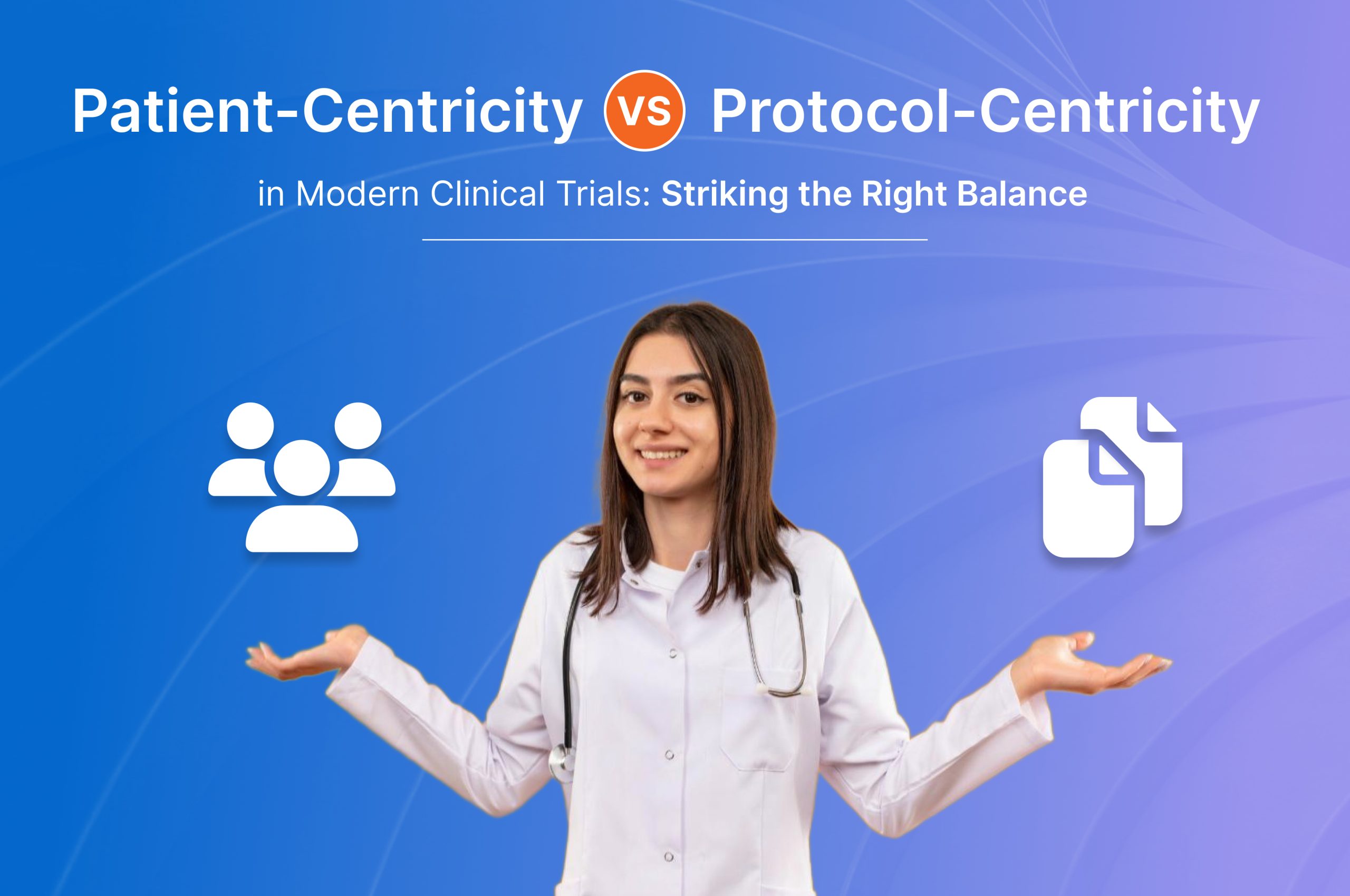Location selection for clinical trials is frequently one of the most difficult tasks for pharmaceutical companies and contract research firms (CROs). Even when all precautions are taken, activated sites may fail to enroll the required number of research participants.
According to reliable industry estimates, the cost of these under-acquired sites to the pharmaceutical industry ranges from $600,000 to $8 million every day of trial delay. Apart from the expense to sponsors, with new medicines taking 10 to 15 years to reach patients, partnering with top-performing sites is important to reducing this agonizingly lengthy cycle time.
Finding the best-performing research locations is critical to success. Sponsors and CROs may benefit from examining their existing site selection and trial feasibility methods to see whether they are resulting in optimal alignment with productive locations or if they may be improved.
Using Better Data to Identify the Right Sites
Finding the most appropriate and efficient site is critical, but it may be a difficult undertaking. Even if you find the ideal sites on paper, they may struggle with research owing to staffing concerns, limited resources, the protocol's complexity, or a variety of other variables that result in poor enrollment success.
The possibility of therapeutic and physical capacities or facilities shifting adds to this problem. Trial site companies, like any other company, aim to constantly enhance and upgrade their facilities, as well as increase their therapeutic capabilities, in order to manage trials across a wider range of indications and ailments.
Furthermore, market pressures are altering site-level organizations in the United States and throughout the world, making it even more critical for sponsors and CROs to have access to the most up-to-date data on-site capabilities.
Consolidation in the site industry, spurred mostly by private equity, is leading in the rise of wholly owned site networks and integrated research organizations (IRO). Single investigative sites and smaller multi-center firms are being bought up and amalgamated into larger corporations. As a result, a research site organization that is growing through acquisition may not have, for instance, a pediatric research competence today, but if purchased by an IRO or site network with that experience, they may have it tomorrow.
Similarly, across Europe, the Middle East, Africa, and Asia in particular, site management organizations (SMOs) dominate the site landscape, on which sponsors and CROs rely and must route new clinical trial opportunities to get access to skilled investigative sites around the world. With pharmaceutical sponsor pipeline migrations towards cancer and rare illnesses, such SMOs are continually expanding and evolving, adding sites and investigators with new and different therapeutic capabilities.
Simultaneously, the "one and done" new investigator who does not continue to participate in clinical trials beyond an initial study, as well as the low survival rate of smaller research sites, as with any small business, means that the trial sites each SMO can access on behalf of sponsors and CROs are constantly changing and evolving.
It is impossible to eliminate all of the risks associated with site selection. But, in both business and life, previous achievement is frequently predictive of future outcomes.
In the clinical trial business, an analysis of historical research site performance metrics data is an ideal beginning point for sponsors and CROs to make better-educated selections on whether sites have the skills to accomplish clinical trial success.
Access to historical and current site performance metrics trends increases decision-making significantly, allowing teams to zero in on possible risks and roadblocks that sites and research teams may encounter. Instead of making assumptions or depending on possibly exaggerated, difficult-to-validate site feasibility survey results, research operations experts in charge of site selection, trial delivery, and execution may now obtain verifiable, concrete site performance information.
By exploiting key performance indicators, research professionals and executives may make better-informed judgments when selecting venues for a specific study. Some of these performance indicators are:
- Physical site capabilities
- Patient recruitment techniques
- Protocol adherence
- Therapeutic expertise
- Screening and enrollment performance
- Startup cycle times (aka “turnaround times”)
Together, study-critical information that could be saved, then pulled up and examined as a type of site scorecard would aid in appraising possible sites during the protocol-development stage, far before the official trial feasibility procedure ever begins.
Handling all of this varied site performance monitoring data is clearly a difficulty. As if the sheer volume of data weren't enough, a treasure mine of site performance and capabilities data is frequently segregated in multiple systems and places.
When seamlessly integrated with other key components of a research organization's technology stack, such as Octalsoft’s clinical trial management system (CTMS), a data-driven software as a service (SaaS) platform acting as a centralized data hub can help a research organization do the heavy lifting when it comes to storing, accessing, and displaying critical data to report and analyze site capabilities and performance.
Clinical research operations professionals can capture, analyze, and share actionable data across their network or institutional footprint, including with decentralized site-based clinicians and study teams, using integrated, complementary systems.
Clinical trial methods are becoming increasingly sophisticated. As a result, sponsors, CROs, and locations are under increased scrutiny and pressure in terms of patient diversity, reduced schedules, and overall clinical trial performance and dependability.
Fortunately, the industry is responding to these needs by developing better tools and insights to better match the appropriate trials with the right sites. By embracing the most recent technological tools and methodologies at your disposal to better identify and manage site selection, feasibility, study launch, and trial execution will become more streamlined and efficient as a result of performance data transparency among clinical trial stakeholders. In the end, however, shorter trial cycle lengths and speedier delivery of novel medicines benefit patients the most.
Where Octalsoft comes into the Picture
Octalsoft is a cutting-edge cloud-based clinical trial software provider that enables real-time cooperation between central research operations personnel and decentralized doctors serving patients in a variety of settings. By effortlessly and securely linking dispersed researchers to other mission-critical clinical trial platforms, our platform bridges the technological access and data divide thus proving critical to the streamlining of clinical studies. Powered by our eClinical suite, every site can now match and even exceed your trial’s quality and efficacy benchmarks.
Set up a Free Demo with one of Octalsoft's specialists now to see how the Octalsoft clinical suite may increase the efficacy and flexibility of your site selection process as well as your clinical trials.



